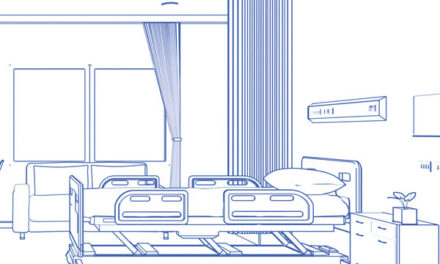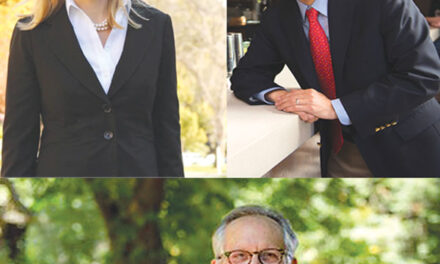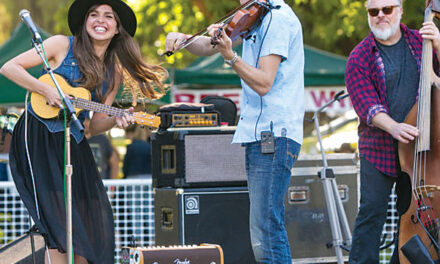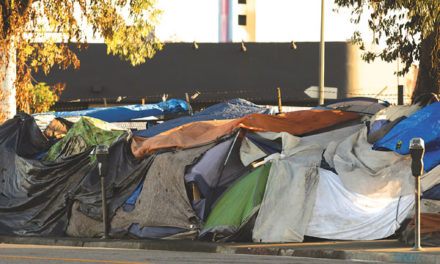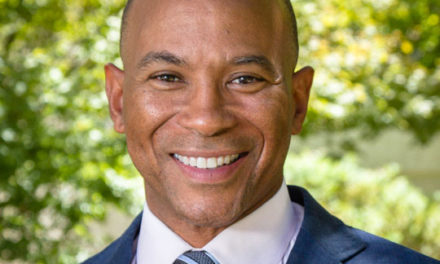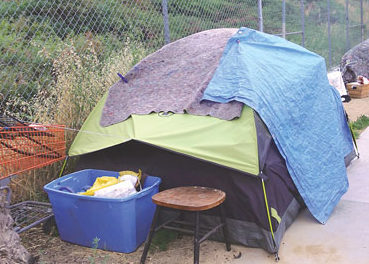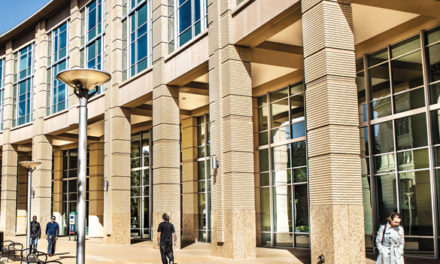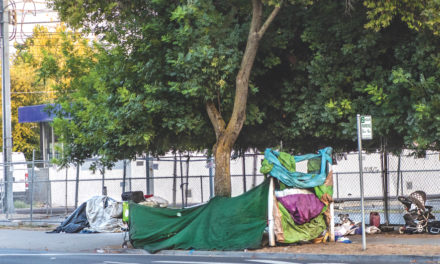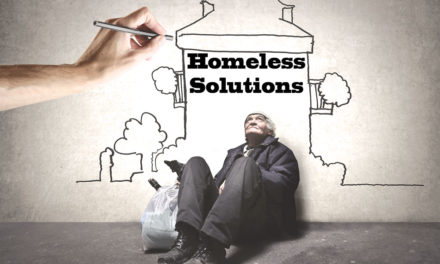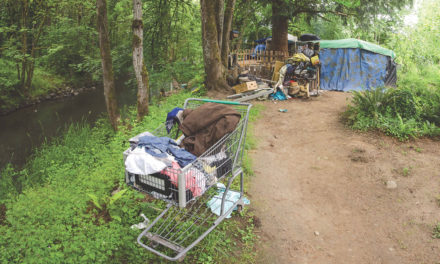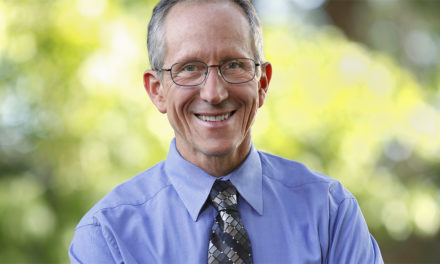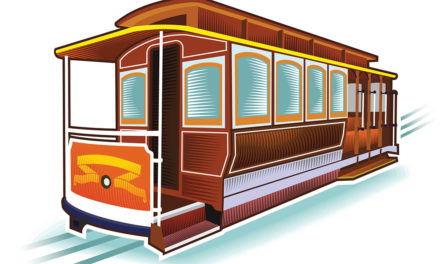From Beauty to Blight
Let’s solve homelessness along river parkway
By David H. Lukenbill
July 2019
The American River Parkway can expect more attention this summer with the park’s Jedediah Smith Memorial Trail moving toward possible designation as part of the U.S. Bicycle Route System.
National recognition would be exciting news for parkway fans. But there’s a risk—cyclists unfamiliar with the trail will encounter dozens of homeless campsites. Sadly, the American River Parkway can be a dangerous place, especially between Discovery Park and Cal Expo.
It’s the American River Parkway Skid Row.
After the Sacramento County Board of Supervisors approved a resolution supporting designation of the trail as part of the national route system, the California Globe website examined the issue of homelessness across the state.
The Globe came up with several suggestions. The ideas can be categorized under the title “tough love” and should be interesting to anyone who cares about the parkway and Jed Smith bike trail.
The website offered five points, summarized below. For the entire article, visit californiaglobe.com/uncategorized/the-homeless-industrial-complex.
First, the Globe recommended admitting there’s a resource problem. Residents must agree it’s no longer acceptable to throw money at the homeless epidemic without questioning current proposals and underlying premises. Billions of dollars are being wasted. We must admit it.
Second, we must recognize that special interest groups, let’s call them the Homeless Industrial Complex, comprised of developers, government bureaucrats and activist nonprofits, have taken over the homeless agenda. They have turned homelessness into a profit center.
They are not going to solve the problem because it pays their salaries and bonuses. Their public relations firms sell feel-good stories to a compliant media about someone who turned their life around and is living in a fine new apartment.
What they don’t mention is that the single apartment unit costs around $400,000 and, thanks to that expenditure, dozens if not hundreds of people are still on the street with nothing.
Third, government must act at the local and state levels to set a limit on the cost-per-shelter “bed.” This cost must represent a compromise between ideal facilities for homeless people and what is affordable to solve the problem.
There is no reason the capital costs for a shelter bed should be $50,000 each, but that’s what has been proposed in the Southern California community of Venice. That’s right, $8 million for a semi-permanent “tent” with 154 beds.
Similarly, there is no reason a basic apartment for the homeless should cost around $400,000. But in Los Angeles, by most accounts, that’s what they cost. Durable tents and supportive facilities could be set up for a fraction of that amount. We must demand creative solutions.
Fourth, we must stop differentiating between “bridge housing” (basic shelter) and “permanent supportive housing.” Permanent supportive housing is bridge housing. Amenities better than a durable, dry, sole-occupancy tent and a portable toilet can be run by privately funded nonprofits and charities.
Until there isn’t a single homeless person left on the street, not one penny of taxpayer money should pay for anything beyond basic bridge housing.
Fifth, accept that homeless shelters will be more cost-effectively constructed and operated if they are in industrial and commercial sites where appropriate, or in rural areas—not in downtown areas or residential neighborhoods.
As new attention focuses on the beauty of the American River Parkway and Jed Smith trail, the community must not avoid tough conversations about public safety and homelessness.
David H. Lukenbill is the founder/CFO and senior policy director of the American River Parkway Preservation Society. He can be reached at dlukenbill@msn.com.




